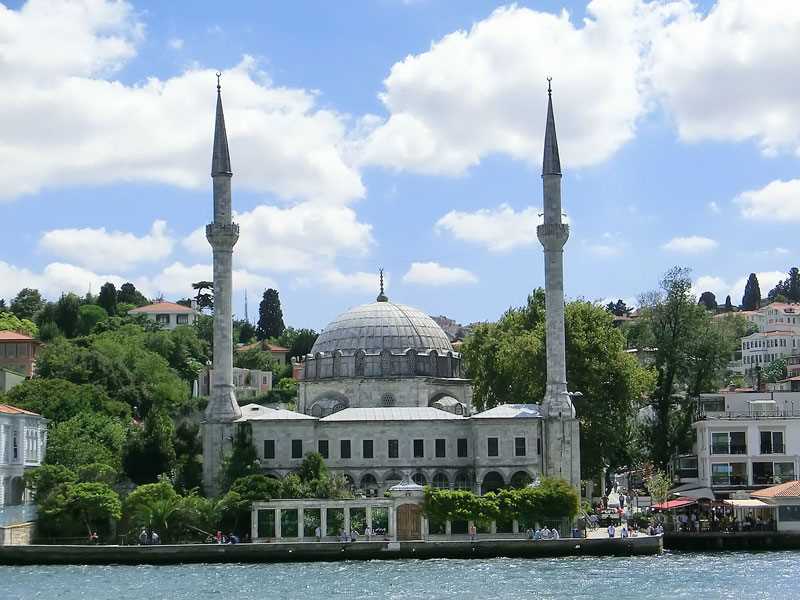One of the largest and most important mosques in the area of Bilbray. It is located in the Bilbari district of the Oskodar region in the Asian section of Istanbul.
The mosque was built in the 18th century (1777 - 1778) during the reign of the Ottoman Sultan Abdul Hamid I, to commemorate his mother Sultan Rabia Sermi.
The mosques built in the Ottoman era have a special pavilion for the Sultan. This wing was built on a separate plot of land from the mosque (near the mosque), while the latter was designated as a wing for the Sultan to use when he came to the mosque.
Built in the Baroque style, it was designed by the architect Mohamed Taher Agha, and was built by Shehrmini Hafez Haj Mustafa Afandi.
The mosque contains two minarets at the façade, which were built during the reign of Sultan Mahmud II. At the top of the minarets there is a pointed triangle topped by the crescent. The mosque contains 55 windows, 20 of these windows are upper and some of them are lower. The mosque is also surrounded by a wall that also contains a number of green iron windows, with a wooden door in the middle. At the top of the mosque there is also a dome with a number of windows.
The interior of the mosque was decorated with blue mosaics with a number of inscriptions in Arabic. The ceiling is decorated with some golden decoration. In the center of the mosque there is a chandelier made of pure copper. Sultan Mahmoud II also included the path and the timing box of this mosque.
The mosque was exposed to fire two times in 1969 and 1983 and has been restored twice.








